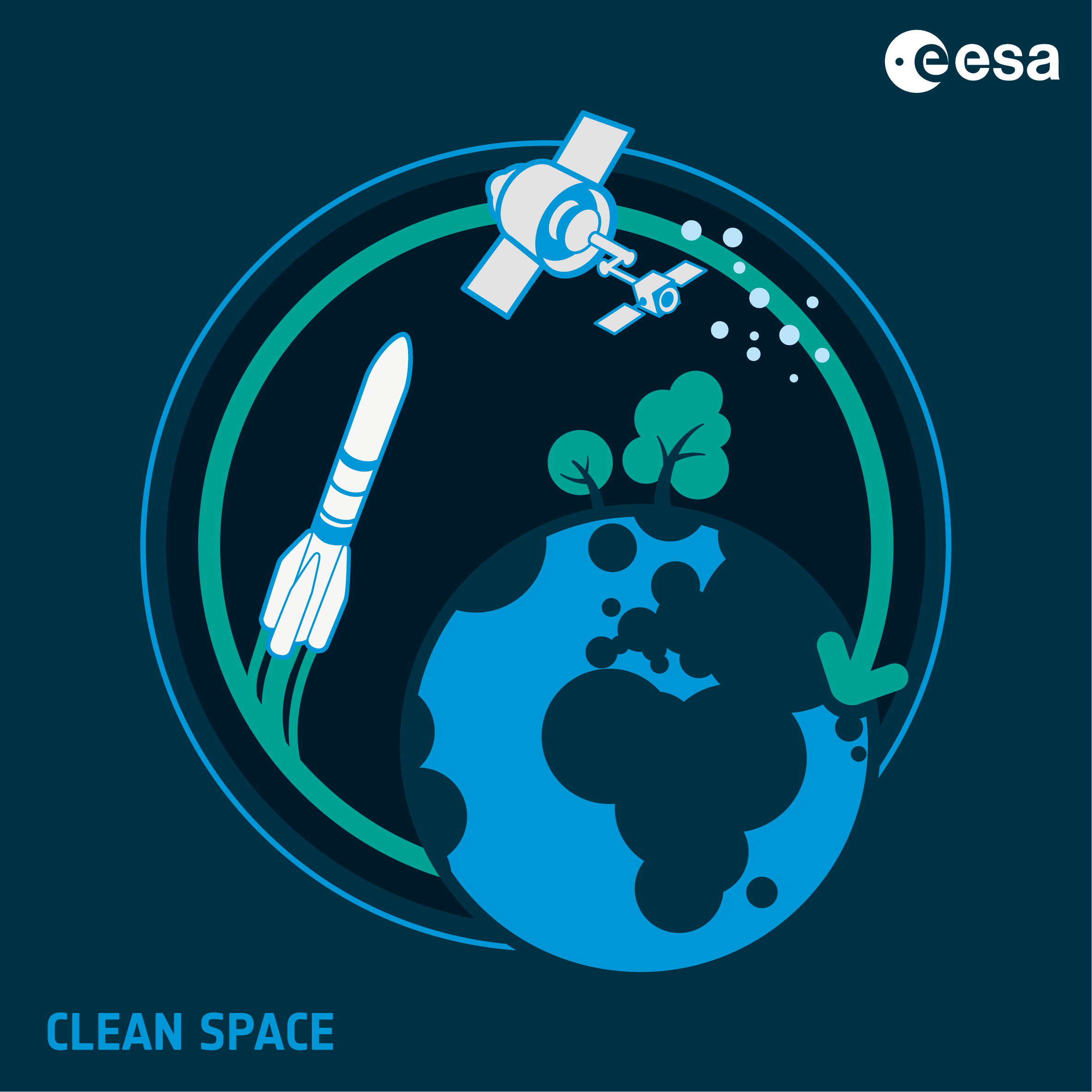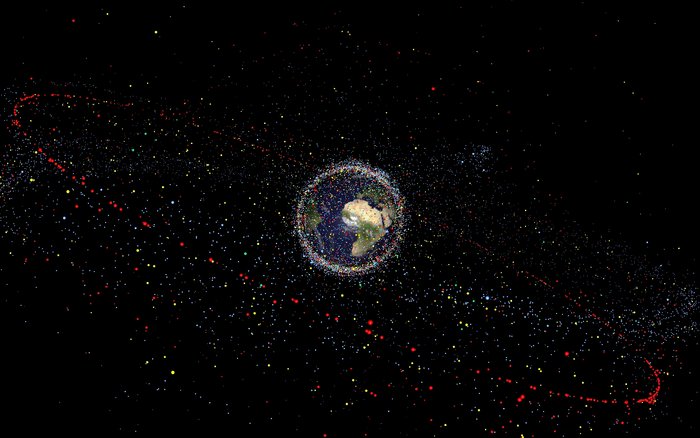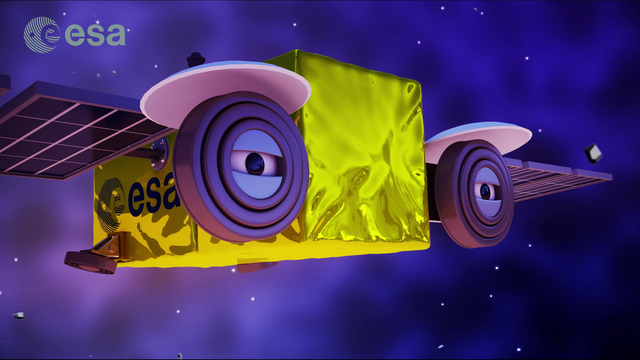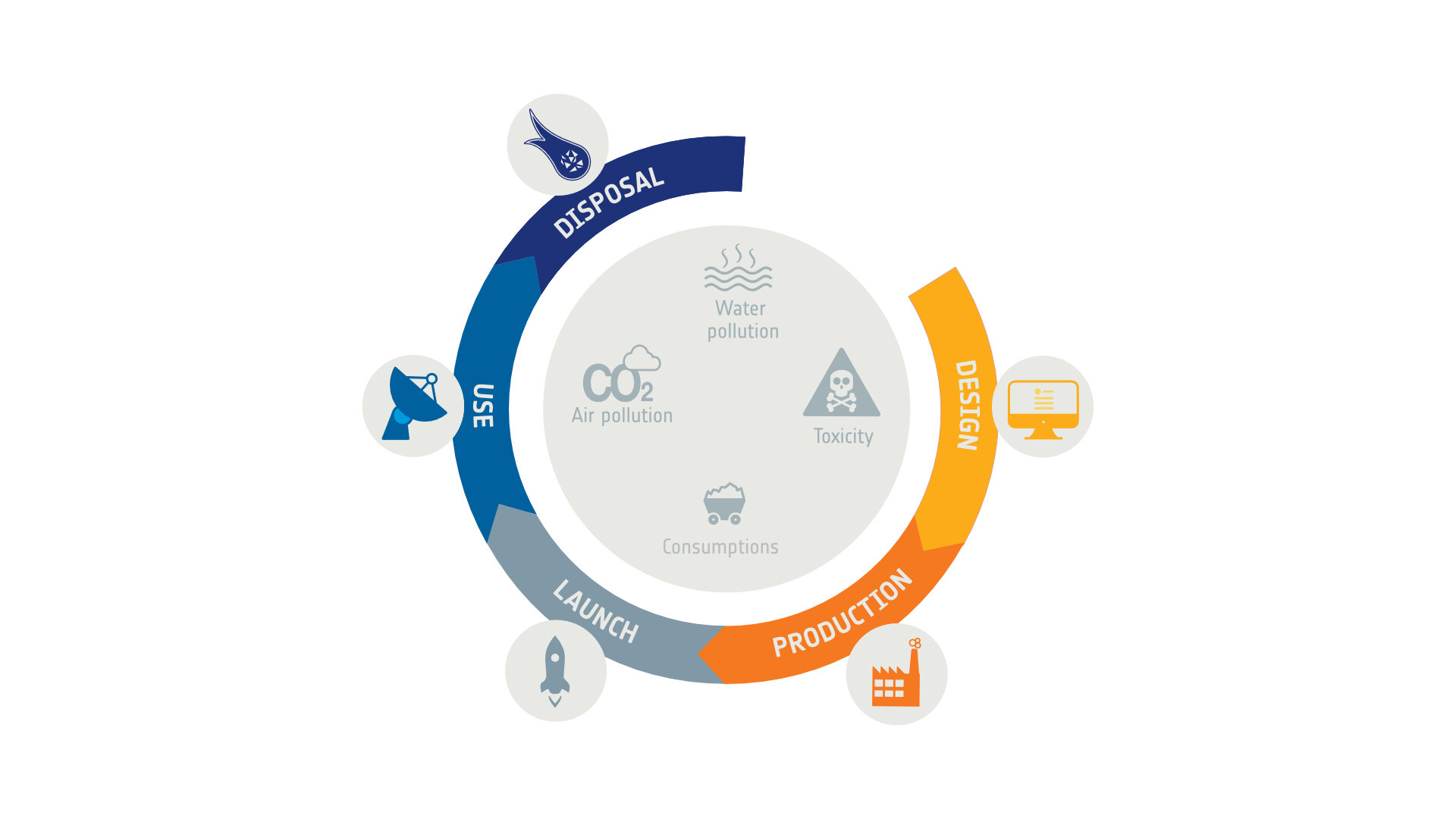The conventional approach to space exploration have seen the development of a series of one-off missions: spacecraft and technologies that are developed almost from scratch, each time, with one specific use case in mind. This approach inhibits the large scale reuse of space systems that are developed.
A fundamentally different approach is to use existing systems to the maximum extent possible, which would enable a surplus of funding, increasing the horizons of space travel. One example could be using Space Tugs, which are upper stages of space rockets or dedicated satellites that can be used to execute different actions as in-orbit servicing, cargo and satellite delivery, in-orbit assembly (e.g. assembly of large telescopes).

Space Tugs proposed to date have the capacity to offer a wide range of services, such as;
- In-orbit servicing: Travelling from one spacecraft from another to provide fuel, replace a battery or fix a solar panel.
- Tugging of spacecraft from one region to another: For instance, from low earth orbit to the geostationary orbit, or from Earth orbit to a lunar orbit. One type of spacecraft that could
- In-orbit assembly: Placing several parts of a system together, such as attaching an antenna onto a spacecraft in-orbit.
The versatility and the “multiple use” potential have not been overlooked by the European industry, which is presently pushing towards the development of Space Tugs due to the market potential for such systems and the resultant services which they enable. Here are some of the project currently under development:
- Airbus Defence and Space promotes a “Space Utilisation Vehicle”: Inspired by terrestrial logistic models, it is the development of a reusable in-orbit spacecraft that aims to ferry and service satellites in-orbit.
- Thales Alenia Space promotes a concept called STARS: A Space Tug system capable of performing in-orbit servicing, transportation, assembly and removal.
- OHB is performing a study with the Sierra Nevada Dream Chaser: Facilitating the transportation of goods and astronauts.
All of these mission concepts / use cases require very similar technologies, as the functions they need to perform are very similar to one another: rendezvous and inspection, capture, and the complex control of two satellites or bodies connected in-orbit. As the functions are very similar, so too are the technologies required to perform the majority of these functions for the different Space Tugs such as a robotic capture interface, rendezvous sensors, image processing and control.
One specific mission type currently under study is active debris removal, where the goal is to remove a large object from orbit in order to pave the way towards the stability of the debris environment. ESA together with European industry is developing e.Deorbit, the first ever large active debris removal mission. This quest for a cleaner space needs the proper ride, a spacecraft able to perform a number of tasks such as the ability to rendezvous with another object in-orbit, capture an object, de-spin an object and move an object from one region of space to another. In other words, e.Deorbit can be seen as the first mission of the Space Tug.
By reusing key systems such as capture technologies, rendezvous technologies, image processing and complex control space for multiple mission types, space exploration will become more affordable, enabling the expansion of the human reach in space.





Discussion: no comments